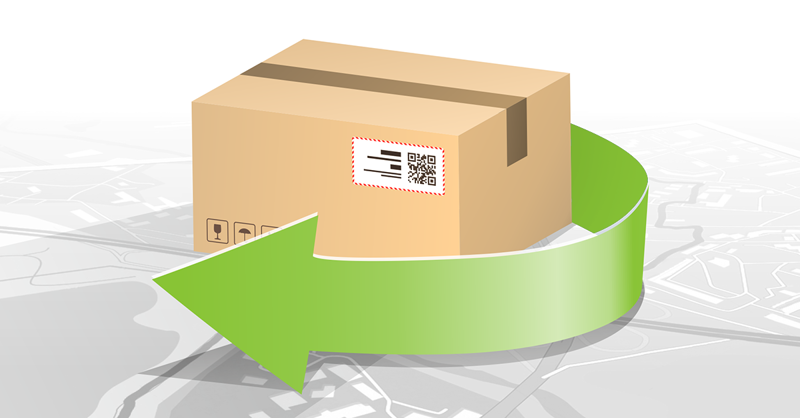Aunt Alice’s sweater, you thought she’d love. Bobby’s baseball glove that would have fit two years ago. Your best friend who never likes anything. Everyone has people in their life that are difficult to buy for.
There was a time when returning items was not only an insult, it was a chore. Yankee Swaps were built on last holiday’s unwanted gifts. However, times have changed and not only have post-holiday returns lost their stigma, they are expected and are an important buying decision factor. This has left retailers not only scrambling to get items delivered during the holiday shopping rush but anticipating a record number of returns as well.
Adobe estimates that shoppers will spend $143.8 billion between Nov. 1 and Dec. 31, 2019, up from $126 billion for the same period a year ago. And with consumers already spending $81.5 billion between Nov. 1 and Dec. 2, with a whopping $9.4 billion on Cyber Monday alone, sales are well on their way to meeting those expectations.
While people are willing to shop online at a record pace, they appear to be less satisfied with the experience as a whole, with returns contributing to a rather large part of that.
According to the Pitney Bowes Online Shopping Study, 60 percent of online shoppers in the U.S. are dissatisfied with their holiday shopping experiences, up 4 percent from last year, and nearly twice the number from a mere four years ago.
“Despite the significant investments retailers and marketplaces are making in the online shopping experience, consumers continue to be disappointed, especially around the holidays,” said Lila Snyder, EVP, and President, Commerce Services at Pitney Bowes, in a press release. “As an even larger percentage of consumer spending is expected to shift online this holiday season, retailers need to shift resources and investments to areas like fast and free shipping, accurate tracking, and free and easy returns to keep up with consumer expectations.”
Racking up returns
It is free and easy returns that are quickly becoming a deciding factor in not only purchasing an item in the first place, but how shoppers perceive the post-purchase experience. In fact, 64 percent of respondents to the Pitney Bowes survey equated taking too long to get a refund after returning an item to “having a root canal,” coming in just ahead of the 60 percent that listed an inconvenient returns process.
However, retailers are finding that keeping up with the demand from customers for fast, free, and convenient returns can be costly as more not only return that unwanted crock pot, but plan for it when shopping for themselves or others.
According to the study, returns are on the rise, and 51 percent of all online shoppers, led by a whopping 66 percent of Millennials, utilize “bracketing” – purchasing multiple sizes, styles, and colors of an item with the intent to return what they don’t want.
“Returns seem to have become an unconscious behavior for some frequent online shoppers,” said Snyder. “In response to our survey, consumers said they return less than 10 percent of their online purchases, but in reality, we know the number is much closer to 25 percent.”
Getting an item to customers fast and cheap takes an omnichannel, multi-carrier approach and the right transportation management system. However, using that same formula to make returns as painless as possible for shoppers is almost as important to success. Having a technology partner like Transtream can help keep costs down when Aunt Alice sends her new sweater back.
